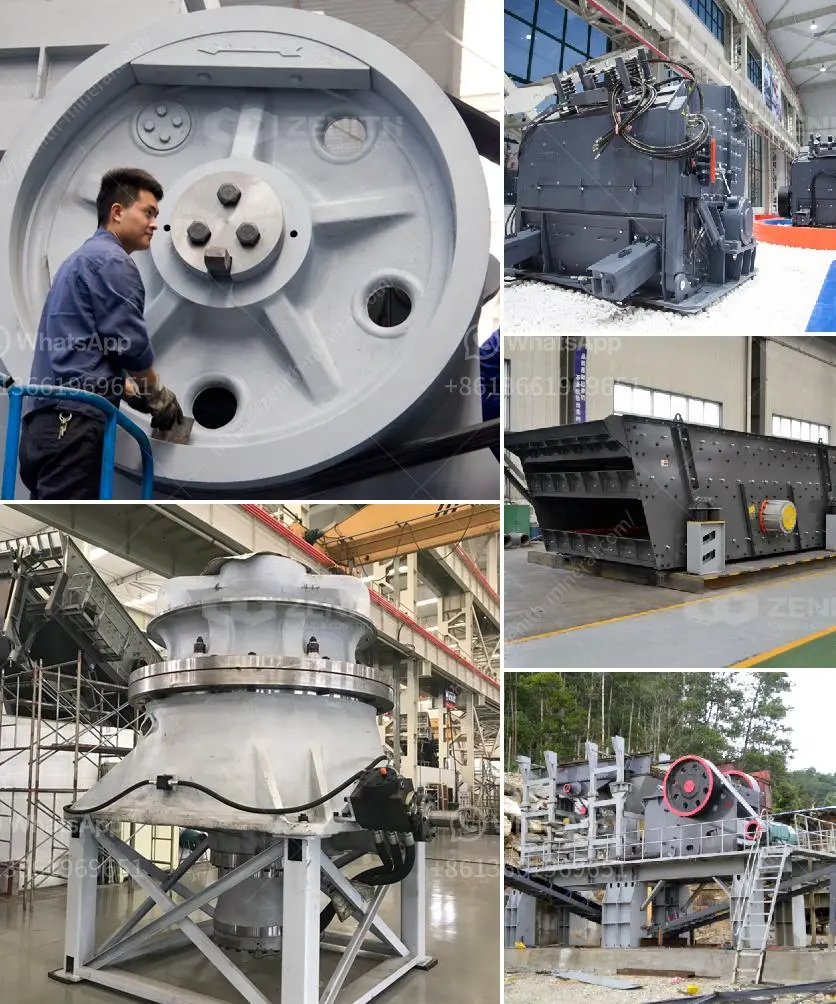Unstable production due to uneven feeding can cause significant challenges in manufacturing and processing industries. Here are several steps you can take to address and fix the issue:
-
Analyze the Feeding System:
- Start by evaluating the entire feeding system. Look for blockages, wear and tear, or inefficiencies in the equipment.
- Check if the feeding system is appropriate for the material type and particle size being handled.
-
Standardize Material Size and Quality:
- Ensure that the raw materials are uniform in size and quality. Implement material sorting or preprocessing if necessary.
- Work with suppliers to maintain consistent quality and specifications.
-
Calibrate Equipment:
- Regularly calibrate equipment to maintain consistent feeding rates. This might involve adjusting settings or replacing worn components.
- Consider integrating automated calibration systems if possible.
-
Implement Automation:
- Use sensors and automated systems to monitor and control the feeding process. Real-time adjustments can help maintain steady flow rates.
- Implement feedback loops to react to changes in material flow or machine performance.
-
Improve Operator Training:
- Ensure that operators are well-trained on the equipment and understand the importance of maintaining consistent feeding.
- Develop standard operating procedures for handling common issues related to uneven feeding.
-
Conduct Routine Maintenance:
- Establish a maintenance schedule to regularly check and service all parts of the feeding system. This can prevent sudden failures or inefficiencies.
- Replace parts as needed, especially those that are subject to wear and tear.
-
Upgrade Equipment:
- Consider upgrading to more advanced feeding equipment if the current system is outdated or consistently problematic.
- Look for equipment that offers enhanced precision and control.
-
Monitor Environmental Conditions:
- Assess the impact of environmental factors like humidity, temperature, and vibration, which might affect material flow.
- Implement controls to stabilize these factors within an optimal range.
-
Feedback and Continuous Improvement:
- Establish a system for regularly reviewing production data and soliciting feedback from operators to identify recurring issues or potential improvements.
- Adopt a culture of continuous improvement where adjustments are made proactively.
-
Consider Material Alternatives:
- If the material consistently causes feeding issues, consider alternative materials or suppliers that offer better handling characteristics.
By taking a systematic approach to identifying and addressing the root causes of uneven feeding, you can enhance production stability and efficiency.

